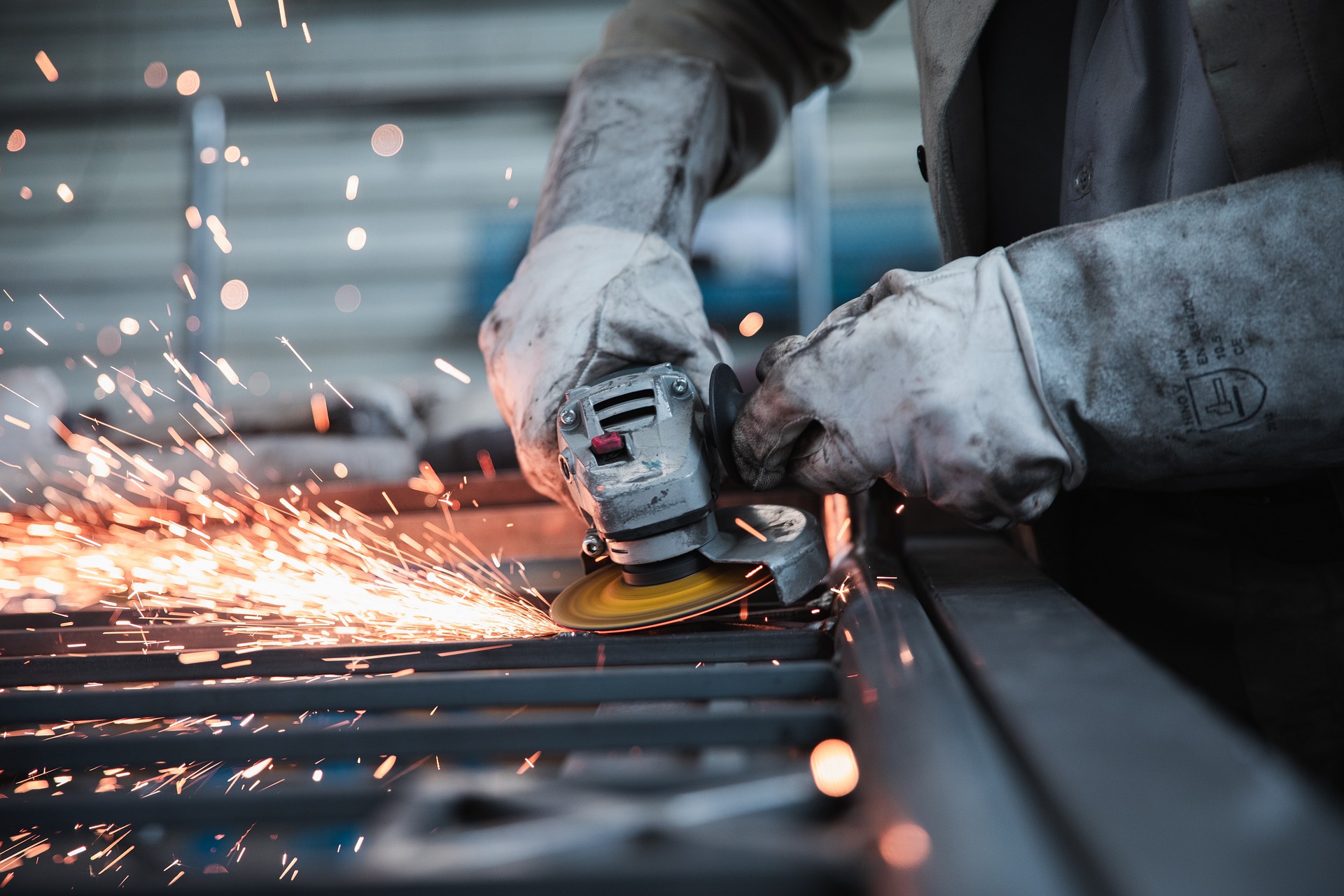After spending a month driving around Northern Italy, you realise this is still an industrial country.
They make things here. Last year, the country became the world’s fourth-largest exporter, surpassing Japan. (The top three are China, the US, and Germany).
Despite high taxes, endless complaints of too much red tape, and eye-watering government debt, Italy still runs fairly consistent trade surpluses. When most of the post-industrial West runs trade deficits, this is testament to the strength of the many smaller, often family-owned businesses that produce things.
‘Made in Italy’ is a symbol of pride — to wear, eat, drive, or use. It represents craftsmanship and style.
Of course, Italy did do better when it had its own currency…
Source: Michael A. Arouet / X
The EU monetary union has left Italy with no control to soften its currency and be more export-competitive. Inside the eurozone, it’s often smaller companies that go head-to-head with German manufacturing might.
Yet since the advent of Georgia Meloni’s pro-business government, Italy’s economy has grown much faster than Germany and France over the past five years. While Germany struggles under an ill-conceived climate agenda, Italy is moving ahead.
Could we see again some golden years for Italy? In the 1950s and ‘60s, the economy boomed as manufacturing enterprises sprouted across the country.
The prospect of more deregulation and tax cuts points to more upside for Italy.
Driving down the Autostrade from Milan at 130 km/h, I notice a huge factory. Its owner is listed on the Milan and New York exchanges…
Your first Quantum Wealth Report is waiting for you:
